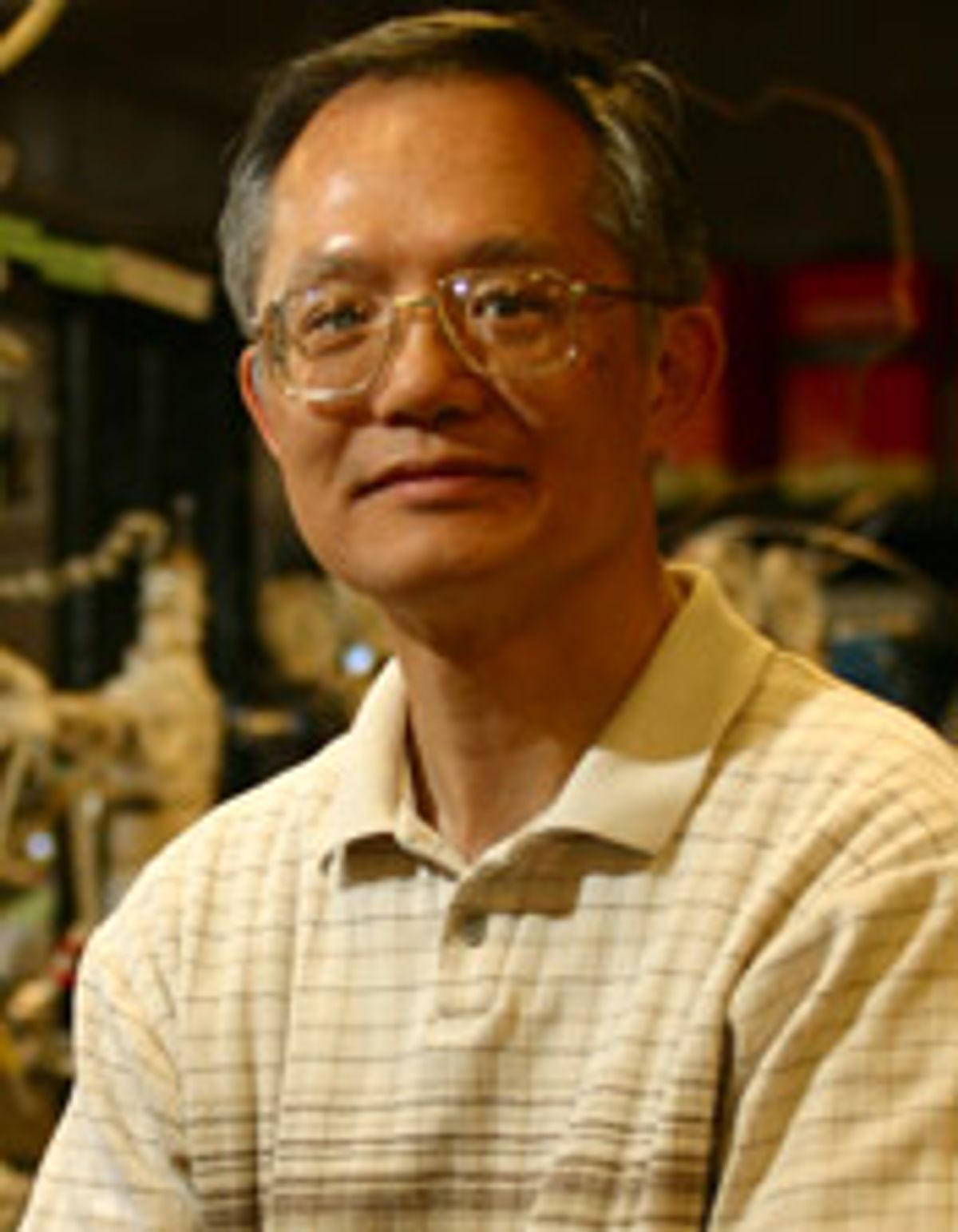When the media made a big noise about the concept of a flexible phone that was being considered by Nokia and Cambridge University back in 2008, aptly called the Morph, I asked who needs a phone that wraps around my wrist when what I really want is one that can last a decent amount of time before needing to be recharged.
Since then there has been a fair amount of research attempting to improve the venerable lithium-ion (Li-ion) battery.
Silicon has been experimented with for replacing the carbon in the anode of Li-ion batteries since they allow more Lithium atoms to be stored per atom of silicon than that of carbon (four lithium atoms for every silicon atom compared to one lithium atom for every six carbon atoms). However, silicon expands and contracts so much during the charging process that it soon loses its charge capacity.
“Now we almost have the best of both worlds,” Kung said. “We have much higher energy density because of the silicon, and the sandwiching reduces the capacity loss caused by the silicon expanding and contracting. Even if the silicon clusters break up, the silicon won’t be lost.”
Kung and his team also came up with a chemical oxidation process to create nanometer scale holes in the graphene sheets so that lithium ions can find a shortcut through the graphene in the anode, which could quicken the charging times by a factor of 10.
The research, which was published in the Wiley journal Advanced Energy Materials, expects to build on this initial work that was focused on the anode and move to the cathode.
Dexter Johnson is a contributing editor at IEEE Spectrum, with a focus on nanotechnology.




